Soldering irons are useful tools for making strong, reliable connections between metal parts, but they can also be dangerous if used improperly. Some of the potential dangers of soldering irons include electrical shock, burns, and exposure to harmful fumes.
One of the biggest dangers of soldering irons is the risk of electrical shock. Soldering irons use electricity to heat the tip, and if the iron is not properly grounded or handled, it can cause an electric shock. To avoid this danger, it's important to always use a soldering iron with a properly grounded power cord and to avoid touching the tip or any other part of the iron while it is plugged in or turned on.
Another danger of soldering irons is the risk of burns. Soldering irons can get very hot, and if they come into contact with the skin, they can cause serious burns. To avoid this danger, it's important to use protective equipment, such as gloves and safety glasses, when working with a soldering iron. It's also a good idea to keep the soldering iron away from flammable materials, such as paper or fabric, which could catch fire if they come into contact with the hot tip.
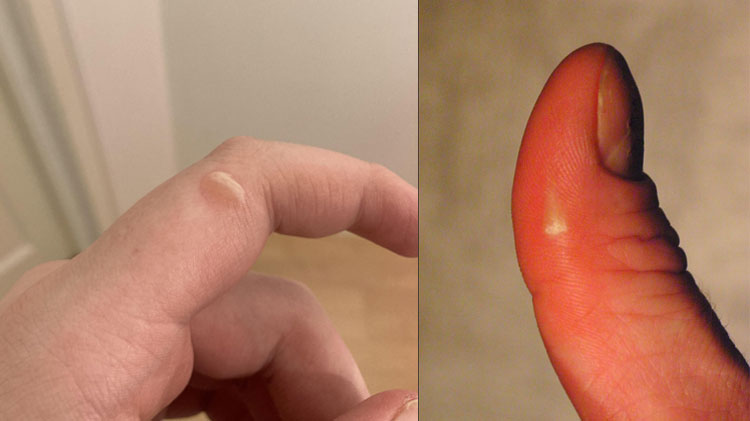
A third danger of soldering irons is the risk of exposure to harmful fumes. When soldering, the flux and the solder itself can produce harmful fumes, which can be dangerous if inhaled. Working in a well-ventilated area and avoiding inhaling the fumes directly is important. It's also a good idea to use a soldering iron with a fume extractor, which can help to reduce the amount of fumes produced during the soldering process.
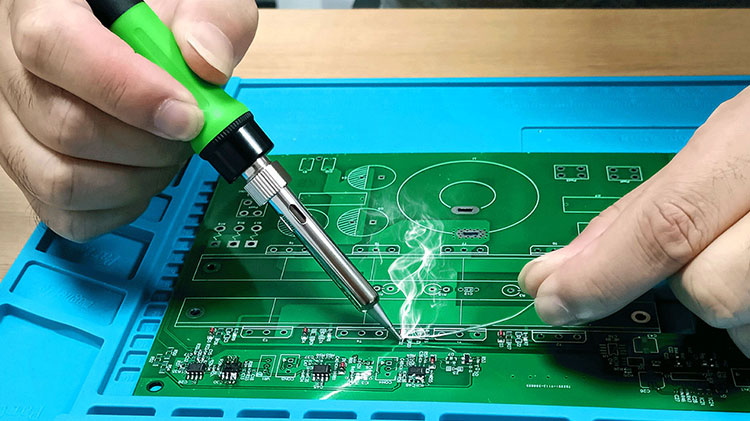
In conclusion, soldering irons are useful tools but can also be dangerous if not used properly. Some of the potential dangers of soldering irons include electrical shock, burns, and exposure to harmful fumes. To avoid these dangers, it's important to use a properly grounded soldering iron, wear protective equipment, and work in a well-ventilated area. By following these safety guidelines, you can reduce the risks associated with using a soldering iron.
In addition to the dangers mentioned above, there are a few other potential hazards to be aware of when using a soldering iron.
One of these hazards is the risk of fire. Soldering irons can produce a significant amount of heat, and if they come into contact with flammable materials, such as paper or wood, they can ignite a fire. To avoid this hazard, it's important to keep the soldering iron and the area around it free of flammable materials and use the soldering iron safely and in a controlled manner.
Another potential hazard is the risk of damaging the components being soldered. If the soldering iron is too hot, it can damage the components by either melting or vaporizing the solder or directly damaging the components. To avoid this hazard, it's important to use the correct temperature for the type of solder and components being used and to avoid applying the soldering iron to the components for extended periods of time.
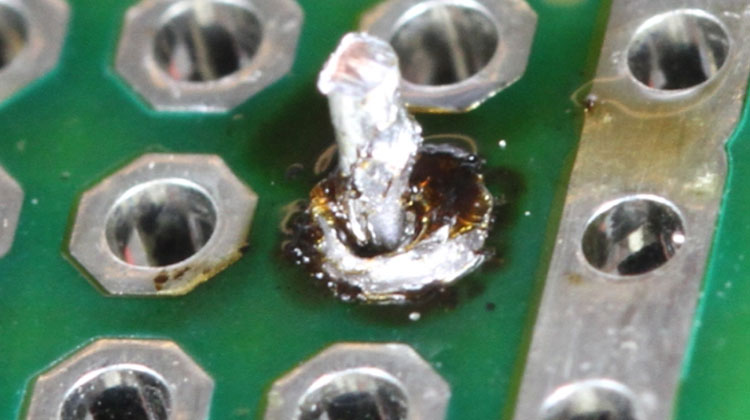
Finally, it's important to be aware of the potential long-term health effects of using a soldering iron. Prolonged exposure to the fumes produced during soldering can harm the respiratory system and cause various health problems, including lung damage, asthma, and cancer. To avoid these hazards, it's important to take appropriate safety measures, such as using a fume extractor and working in a well-ventilated area, to reduce your exposure to the fumes.
In summary, several potential hazards are associated with using a soldering iron. These hazards include the risk of electrical shock, burns, fire, damage to components, and long-term health effects. To reduce the risks associated with soldering, it's important to use a properly grounded soldering iron, wear protective equipment, and take appropriate safety measures to reduce exposure to harmful fumes. By following these guidelines, you can safely and effectively use a soldering iron to create strong, reliable soldered joints.
One way to reduce the risks associated with soldering is to use a temperature-controlled soldering iron. A temperature-controlled soldering iron allows you to set the temperature accurately and adjust it as needed, which can help to avoid overheating the components or the solder. This can help to prevent damage to the components and reduce the risk of fires or other hazards.
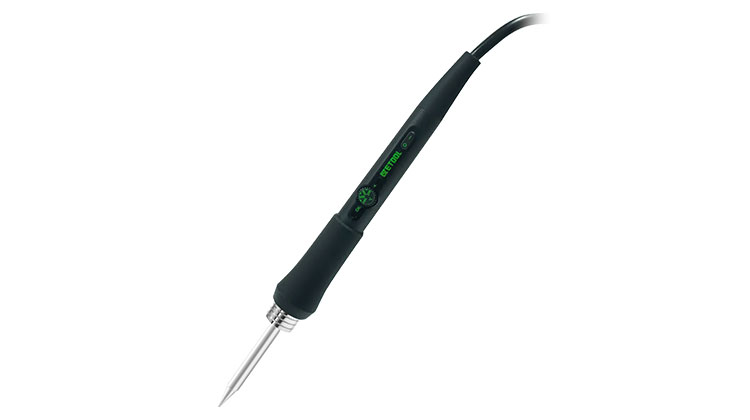
In addition, using a fume extractor can help to reduce the risks associated with harmful fumes. A fume extractor is a device that sucks the fumes produced during soldering away from the work area and filters or captures them before they can be inhaled. This can help reduce the amount of fumes you are exposed to and make the soldering process safer and more comfortable.
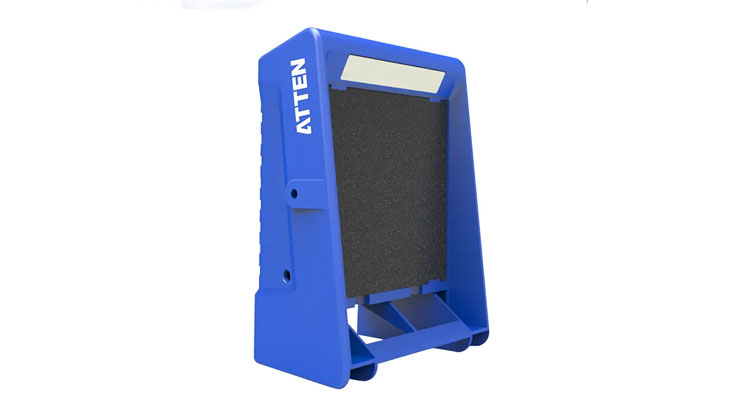
Another way to reduce the risks associated with soldering is to educate yourself about the potential hazards and take appropriate safety measures. This can include reading the instructions for your soldering iron and following the recommended safety guidelines, wearing protective equipment, and working in a well-ventilated area. By taking the time to learn about the potential hazards and taking appropriate precautions, you can reduce the risks associated with soldering and make the process safer and more enjoyable.
In conclusion, soldering can be a safe and rewarding activity if you take the appropriate safety measures. Using a temperature-controlled soldering iron, a fume extractor, and other safety equipment and educating yourself about the potential hazards, you can reduce the risks associated with soldering and enjoy the benefits of this useful and versatile skill.
Contact: Mr. Li
Phone: (0086) 138 24254 321
E-mail: atetool@atetool.com.cn
Add: 5F, 1-2# Building, Tongfuyu Industrial Zone, Aiqun Rd, Shiyan Subdistrict, Bao'an, Shenzhen, 518108, China